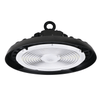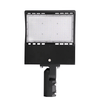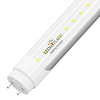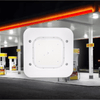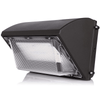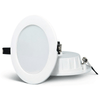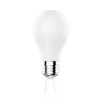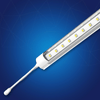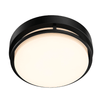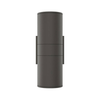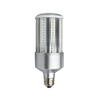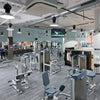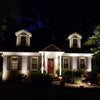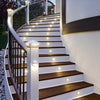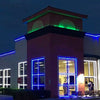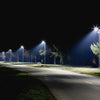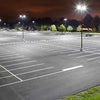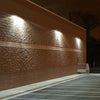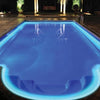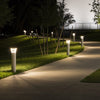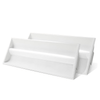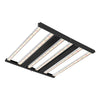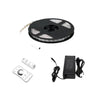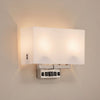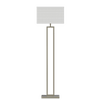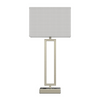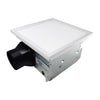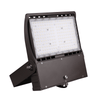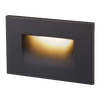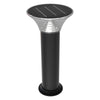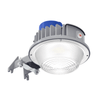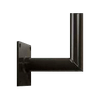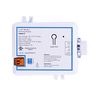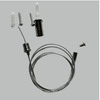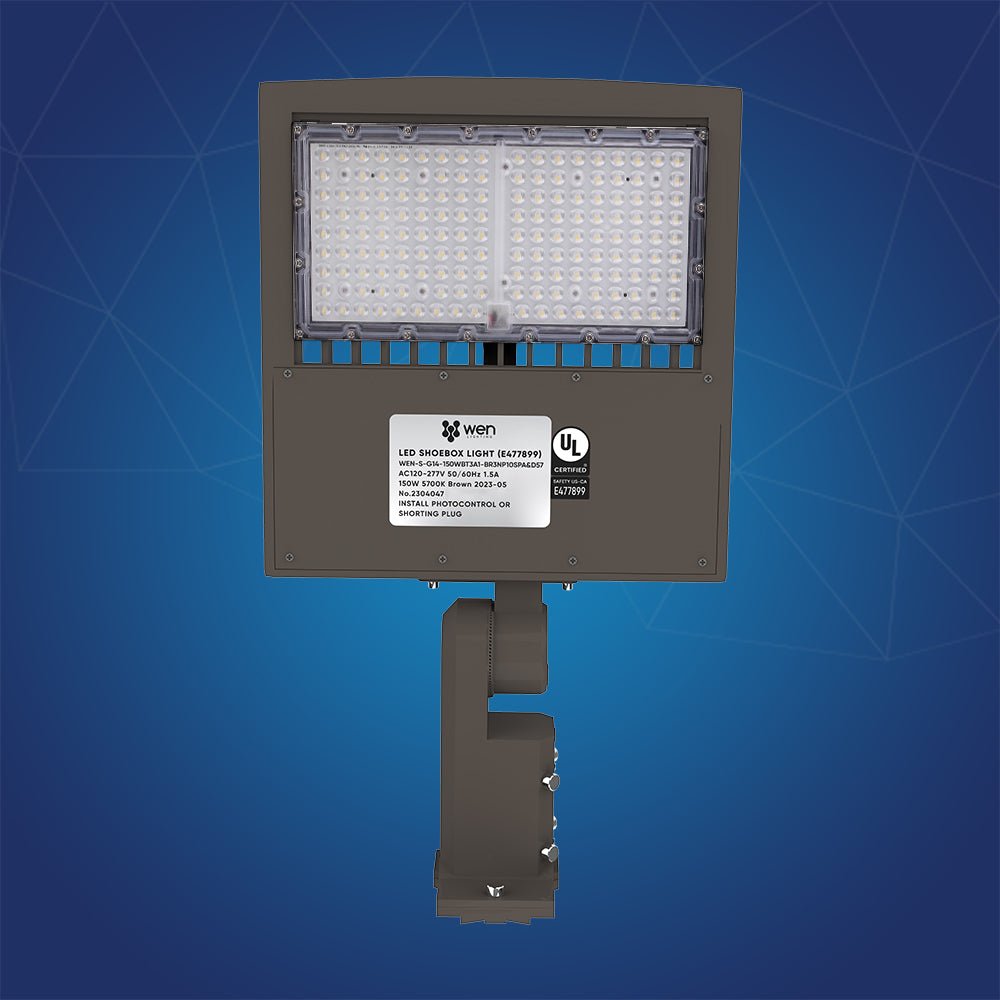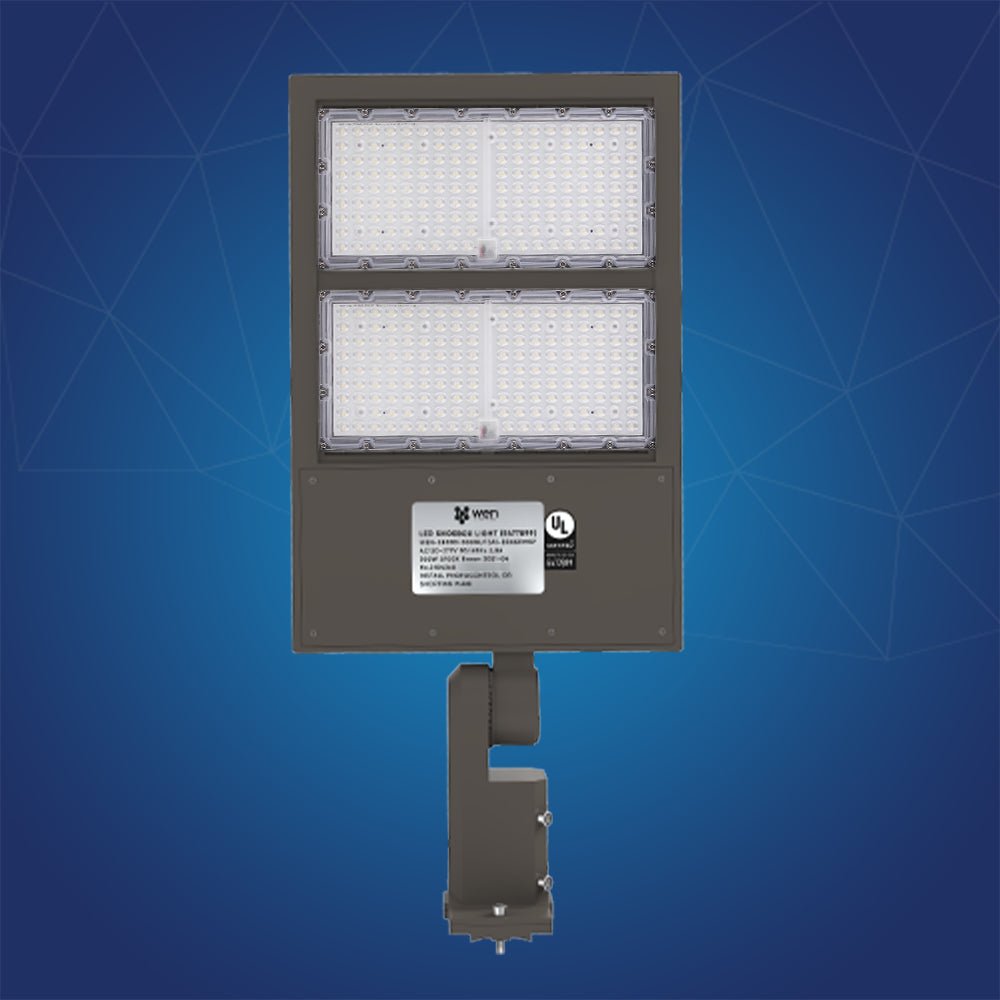Introduction
Parking lot lighting is crucial for safety and security. Properly illuminated parking lots reduce the risk of accidents, deter criminal activity, and provide a welcoming atmosphere for customers and employees. To achieve effective lighting, you must determine the right number of fixtures required. In this guide, we'll walk you through the steps to calculate the optimal number of parking lot lights.
Step 1: Understand the Lighting Goals
Before you begin calculating the number of fixtures, you need to define your lighting goals. Consider factors such as the size and layout of the parking lot, the desired lighting level (measured in foot-candles), and any specific requirements for security or aesthetics.
Step 2: Determine Foot-Candle Requirements
The Illuminating Engineering Society of North America (IESNA) recommends different lighting levels for various types of parking lots. For example, a well-lit retail parking lot might require 10-20 foot-candles, while an industrial facility might need 5-10 foot-candles. Consult local regulations and IESNA guidelines to determine the appropriate foot-candle level for your specific application.
Step 3: Calculate Total Luminous Flux
To determine the total luminous flux (brightness) required in the parking lot, use the following formula:
Total Luminous Flux (Lumens) = Area (Square Feet) × Foot-Candles
Measure the area of your parking lot in square feet. Multiply this by the desired foot-candle level to calculate the total luminous flux needed.
Step 4: Select the Right Fixtures
Next, choose the type of fixtures you will use. LED fixtures are energy-efficient and have a longer lifespan compared to traditional options like metal halide or high-pressure sodium lamps. LEDs are also more directional, reducing light pollution.
Step 5: Determine Fixture Lumens
Each fixture has a specific lumen output, which indicates how bright it is. To find the required fixture lumens, use the following formula:
Fixture Lumens = Total Luminous Flux (Lumens) ÷ Number of Fixtures
Divide the total luminous flux calculated in Step 3 by the number of fixtures you plan to install to get the fixture lumens.
Step 6: Calculate the Number of Fixtures
Now, divide the fixture lumens (Step 5) by the individual fixture's lumen output to determine the number of fixtures needed. This formula looks like:
Number of Fixtures = Fixture Lumens ÷ Fixture Lumen Output
Step 7: Spacing and Layout
Consider the spacing and layout of the fixtures to ensure even lighting distribution throughout the parking lot. Uniform illumination is essential for safety and security.
Step 8: Budget and Energy Efficiency
Factor in your budget and energy efficiency goals when selecting fixtures. LED fixtures might have a higher initial cost but can save on energy bills over time.
Conclusion
Determining the number of fixtures needed for a parking lot involves careful planning and consideration of lighting goals, foot-candle requirements, and fixture specifications. Properly illuminated parking lots enhance safety and security while also contributing to a positive customer experience. By following these steps, you can ensure your parking lot lighting meets your needs efficiently and effectively.





